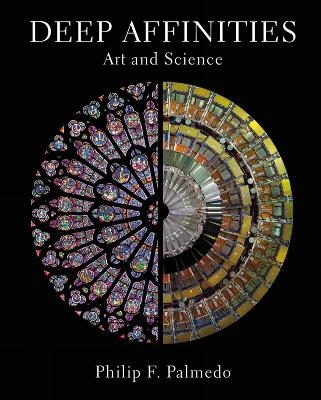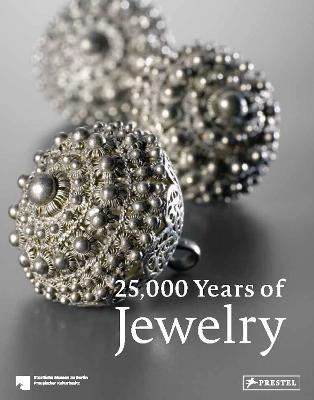
Deep Affinities
Art and Science
Seiten
2020
Abbeville Press Inc.,U.S. (Verlag)
978-0-7892-1378-5 (ISBN)
Abbeville Press Inc.,U.S. (Verlag)
978-0-7892-1378-5 (ISBN)
An illustrated exploration of the fundamental connections between art and science, from an author who has lived in both worlds.
In
this thought-provoking book, Philip F. Palmedo, a former physicist who
now writes on art, reveals how the two defining enterprises of humankind
- art and science - are rooted in certain common instincts, which we
might call aesthetic: an appreciation of symmetry, balance, and rhythm;
the drive to simplify and abstract natural forms, and to represent them
symbolically.
Palmedo traces these instincts back to a very early
time in human history - demonstrating, for example, the level of
abstract thinking required to create the stone tools and cave paintings
of the Paleolithic - and then forward, to the builders of the Gothic
cathedrals, to Leonardo da Vinci and Isaac Newton, to Einstein and
Picasso.
Illustrated with more than 125 creations of the genus
Homo - from a flint hand axe chipped half a million years ago to the
abstractions of Hilma af Klint and the James Webb Space Telescope -
Palmedo's text leaves us with a new appreciation of the instinct for
beauty shared by artists and scientists alike.
In
this thought-provoking book, Philip F. Palmedo, a former physicist who
now writes on art, reveals how the two defining enterprises of humankind
- art and science - are rooted in certain common instincts, which we
might call aesthetic: an appreciation of symmetry, balance, and rhythm;
the drive to simplify and abstract natural forms, and to represent them
symbolically.
Palmedo traces these instincts back to a very early
time in human history - demonstrating, for example, the level of
abstract thinking required to create the stone tools and cave paintings
of the Paleolithic - and then forward, to the builders of the Gothic
cathedrals, to Leonardo da Vinci and Isaac Newton, to Einstein and
Picasso.
Illustrated with more than 125 creations of the genus
Homo - from a flint hand axe chipped half a million years ago to the
abstractions of Hilma af Klint and the James Webb Space Telescope -
Palmedo's text leaves us with a new appreciation of the instinct for
beauty shared by artists and scientists alike.
Philip F. Palmedo studied art history and physics as an undergraduate at Williams College, and received his PhD in nuclear engineering from MIT. Retired from a distinguished career as a research scientist and entrepreneur, Palmedo is the author of several books on art, most recently The Experience of Modern Sculpture: A Guide to Enjoying Works of the Past 100 Years.
| Erscheinungsdatum | 27.05.2021 |
|---|---|
| Zusatzinfo | 125 Illustrations, color |
| Verlagsort | New York |
| Sprache | englisch |
| Maße | 203 x 254 mm |
| Gewicht | 991 g |
| Themenwelt | Kunst / Musik / Theater ► Antiquitäten |
| Naturwissenschaften | |
| ISBN-10 | 0-7892-1378-8 / 0789213788 |
| ISBN-13 | 978-0-7892-1378-5 / 9780789213785 |
| Zustand | Neuware |
| Haben Sie eine Frage zum Produkt? |
Mehr entdecken
aus dem Bereich
aus dem Bereich
von 1710 bis zur Gegenwart
Buch | Hardcover (2021)
Battenberg (Verlag)
29,90 €


